Dive in to learn more...
TLDR:
NFTs are digital items that can't be exchanged or copied. One of the most common uses is art collection. NFTs have been used to sell music, video clips and even tweets. NFTs are linked to a blockchain that keeps a permanent record of every transaction made with them. While price hikes aren't guaranteed, collectors say there is always room for negotiation on the price of an individual item.
NFT stands for Non-Fungible Token.
First, a quick primer: NFT stands for Non-Fungible Token.
NFTs are a type of crypto asset that are unique and not exchangeable with other NFTs. This means that each NFT has its own identity and can be uniquely identified on the blockchain. For example, if you have an original Picasso painting in your possession, it would be considered an NFT because it is one of a kind and no one else has access to the same artwork (at least not yet). The same goes for any collectible item that can’t be replaced by another identical item.
Since they are unique and identifiable tokens in their own right, they can provide more functionality than fungible tokens like Bitcoin or Ethereum which only exist as simple digital representations of value without any physical manifestation by themselves on top of being completely interchangeable across all different types of transactions – there's nothing stopping anyone from using their Bitcoin to buy groceries just as easily as they could use them at an art gallery!
NFTs can be used to purchase digital items.
You can even use your NFT to purchase digital items. You know, like that sword you've always wanted? Or maybe an in-game hat with special abilities.
But wait—there's more! In addition to their utility as cryptocurrencies, some NFTs can be used as collectibles (physical or digital). And the best part is that they're not limited to just one type of virtual item; some NFTs can be traded for other virtual goods and services. And if you want a piece of real estate or another type of tangible property with no physical reality, well…you're in luck!
In short: The sky's the limit when it comes to what you can do with your favorite non-fungible token!
NFTs are unique because they are tokens that cannot be exchanged or copied. This makes them ideal for digital ownership of some kind, like digital art or any other kind of content you'd want to keep track of.
NFTs can be used to purchase digital items and services, such as a piece of artwork on a blockchain-based platform. The ownership rights are recorded on the blockchain in an immutable ledger so that no one can tamper with it later on if there's an issue with the item sold (e.g., fraud or copyright infringement).
One of the most common uses is art collection.
NFTs are an emerging technology. They're new, exciting, and often times confusing. One of the most common uses is art collection. Art can be unique, which makes it hard to copy, but some artists have found ways around that and created NFTs out of their work.
NFTs are also used in sports memorabilia and other areas where there's a high demand for limited editions or autographs from famous people like musicians or athletes.
NFTs have been used to sell music, video clips and even tweets. One of the most interesting uses of NFTs is by an artist called 0G0M3, who has created a series of NFT-certified albums. These are digital copies of his albums that you can own forever—or at least until they go out of fashion. The catch? They cost $1 billion each!
NFTs are linked to a blockchain that keeps a permanent record of every transaction made with them.
The blockchain, a technology that has been around since the early days of Bitcoin, is essentially a public ledger. It’s a series of records (blocks) that are linked together using cryptography and cannot be altered — in other words, it’s an immutable record. These blocks contain information about any transactions made with NFTs on the blockchain network.
A block contains all the data related to a specific transaction: who initiated it, what items were traded or sold, how much money was paid for them and so on. Once there’s enough transactions for one block to fill up, another one gets added in its place — which makes it possible for anyone to verify their legitimacy through their own copy of the blockchain at any time and date they want! This means no one can cheat by modifying these records later on because they would have no way of knowing which transactions were included when making edits themselves…
While price hikes aren't guaranteed, collectors say there is always room for negotiation on the price of an individual item.
You might be wondering how much your NFT will grow in value. While price hikes aren't guaranteed, collectors say there is always room for negotiation on the price of an individual item. That's to say that if you really want a limited-edition cat art piece from Roblox, you can probably get it for less than the designer was originally asking—though there's no guarantee that your price won't increase in six months!
Collectors also note that some NFTs are more stable than others and less subject to wild swings in value based on speculation or market trends (this is especially true if these items are tied tightly to their game).
The value of NFTs is still being discovered, but it's clear that it is increasing for artists and investors. The market is still in its infancy and there are many uses cases yet to be explored. We're excited to see what comes next!
A great example is my first NFT project, Funti3r Passport NFTs.
The Funti3r Passport NFT is the perfect gift for people who want to get into crypto, but don’t know where to begin.
The narrative around this project is that most of the decisions we make can be boiled down to fun and money. In fact, making learning fun is a thread that runs through digital-native communities. People are naturally curious; the goal is not to kill that curiosity, but to nurture it.
In addition, early adopters might be drawn to particular web3 projects because they’re a more fun way to make money than their job, or because they get to earn money by doing things that they find fun anyway.
We want people to learn, meet each other, explore new horizons, and invite them into a new different world to build the future together. Therefore, educational media connects people through 1) engagement without work, 2) growth without marketing, and 3) shifting them from being strangers to collaborators.
Buy the NFT here.
Conclusion
The future of NFTs is still being explored, but it's clear that there are many potential uses for them. It also looks like they could be a valuable investment tool for collectors and investors as well. Who knows what will happen next?
I hope this newsletter makes you a little smarter heading into the weekend. It’s very much a work-in-progress — please send feedback and help me out by submitting the things you come across that make you smarter here.
Thanks for reading
Wisani

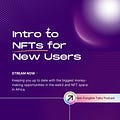


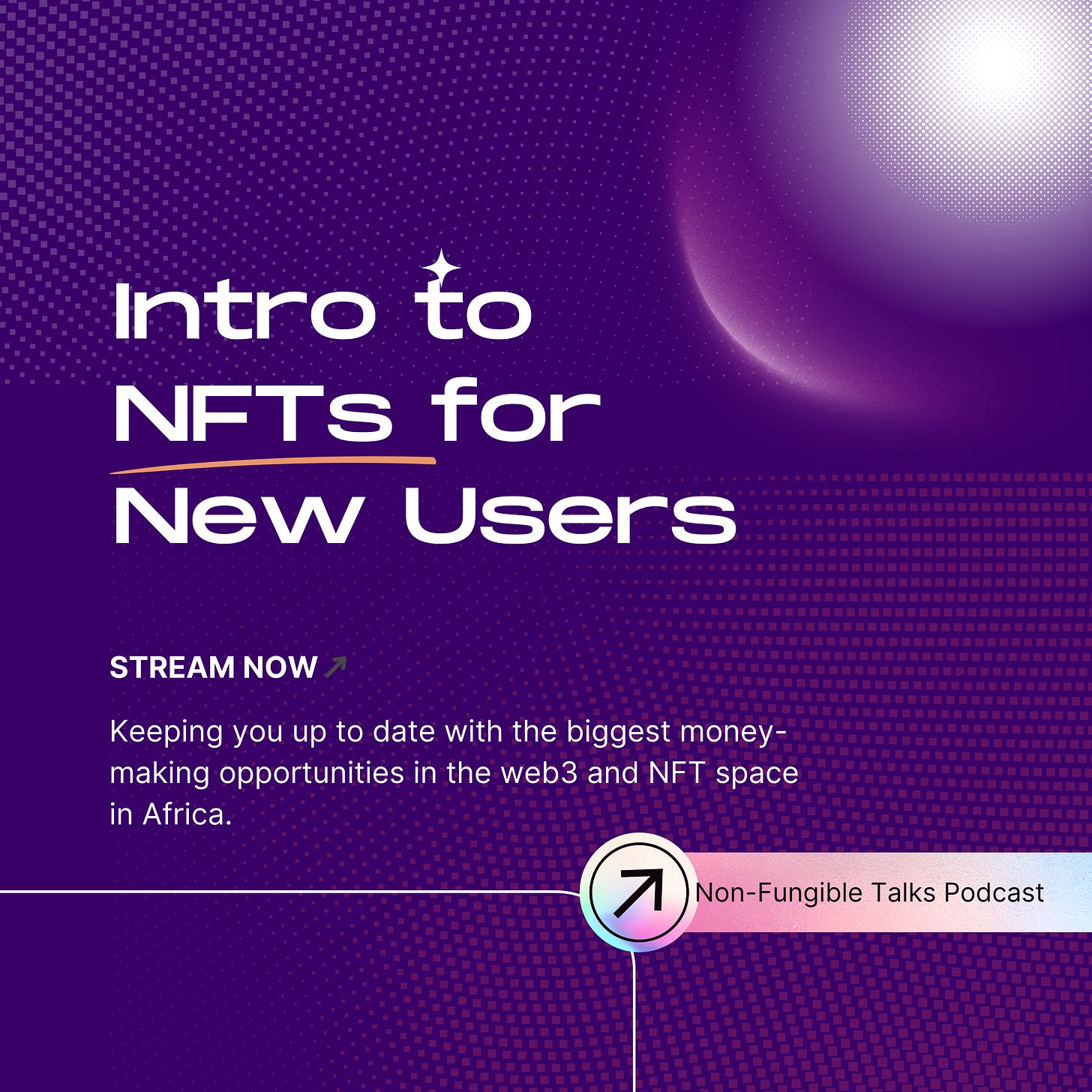




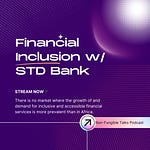
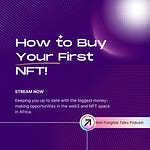
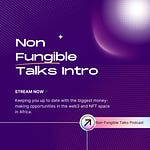
Non-Fungible Letter: Intro to NFTs